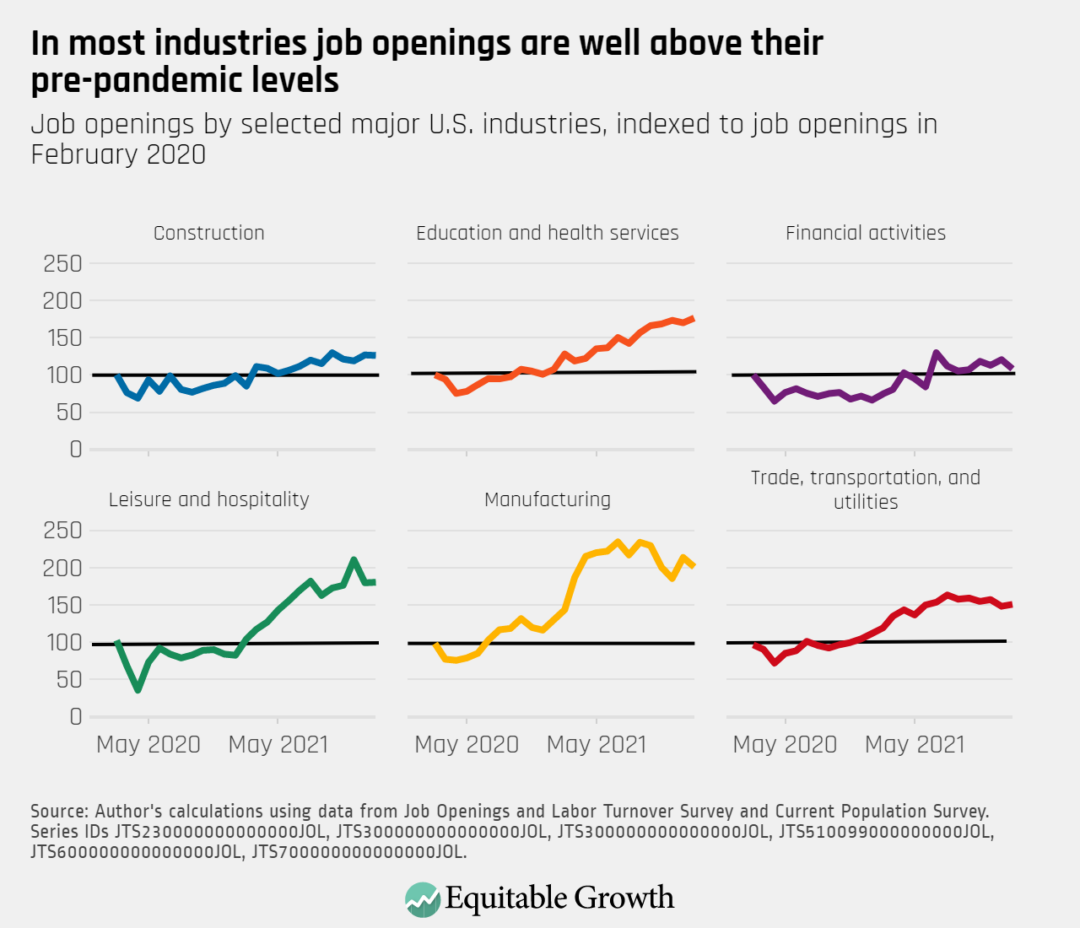JOLTS Day Graphs: February 2022 Edition
The quits rate rose slightly to 2.9 percent as 4.4 million workers quit their jobs in February.
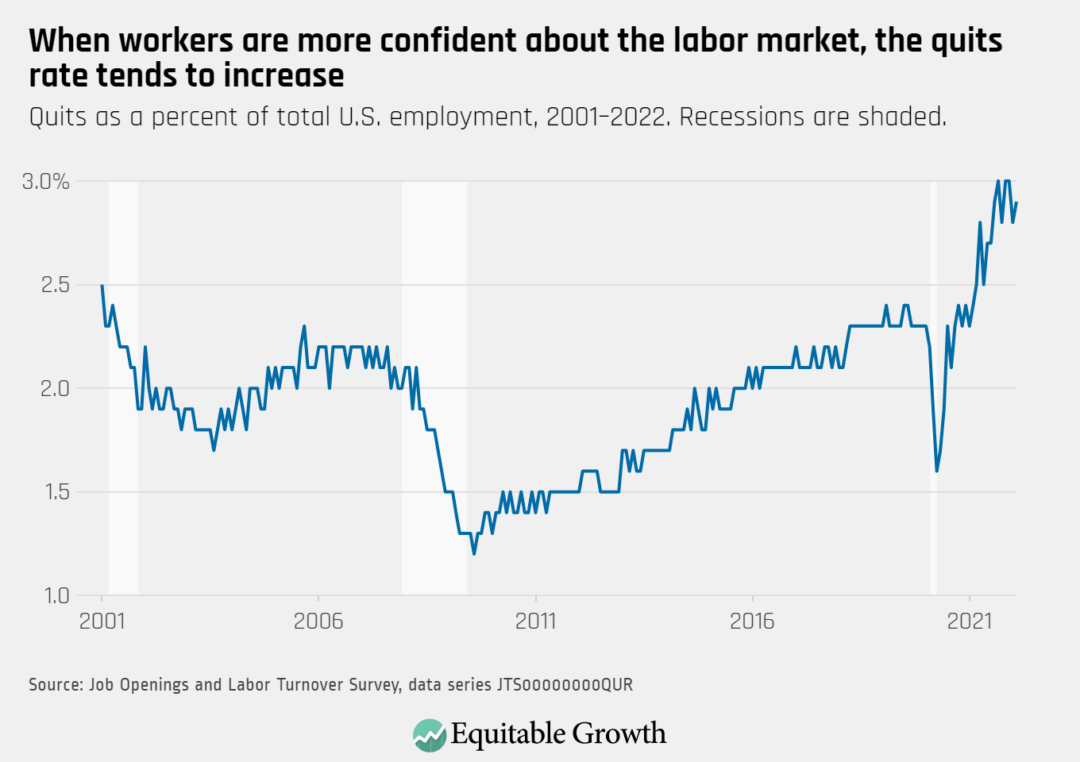
The vacancy yield increased to 0.59 in February from less than 0.57 in January, as job openings stayed at around 11.3 million and hires increased to 6.7 million.
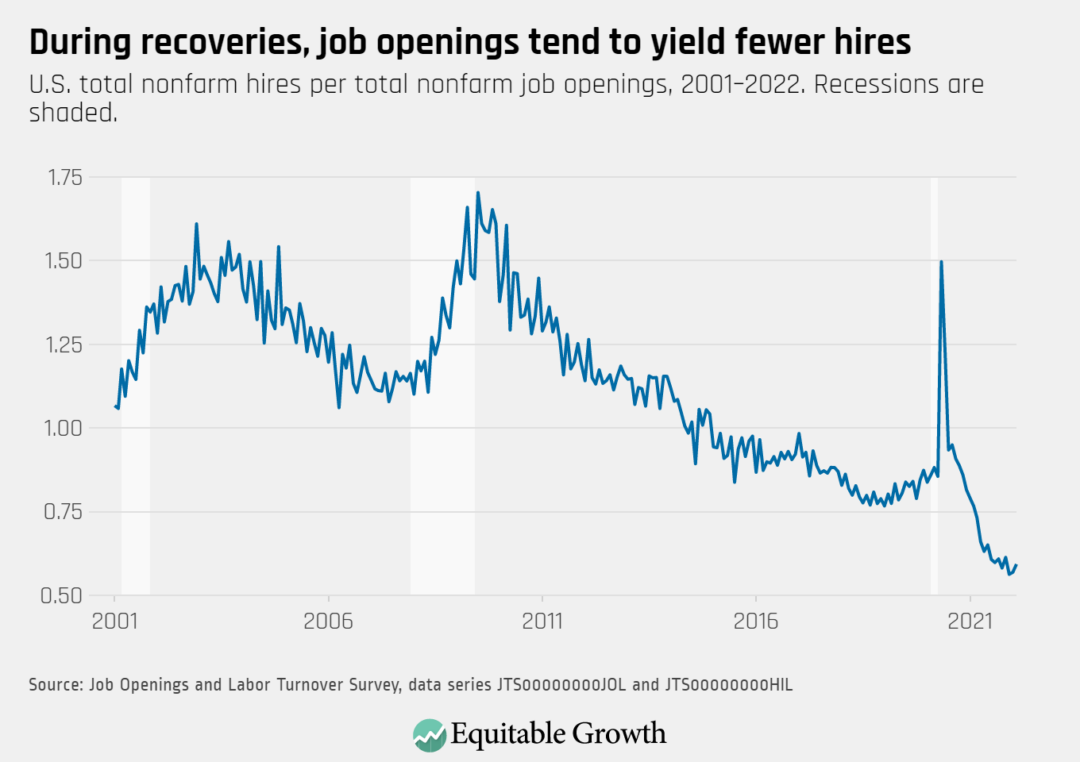
The ratio of unemployed-worker-per-job-opening declined last month, from 0.58 unemployed workers per job opening in January to 0.56 in February.
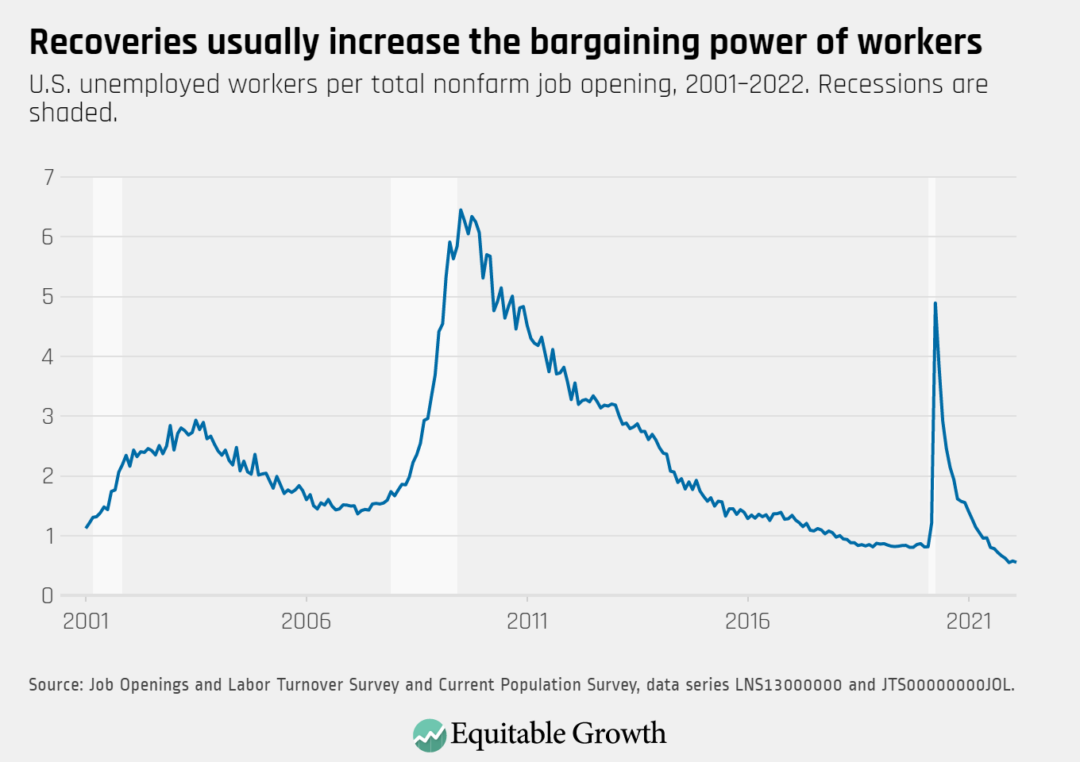
The Beveridge Curve continues to be in an atypical range compared to previous business cycles, as the unemployment rate fell to 3.8 percent and the rate of job openings remained at 7.0 percent.
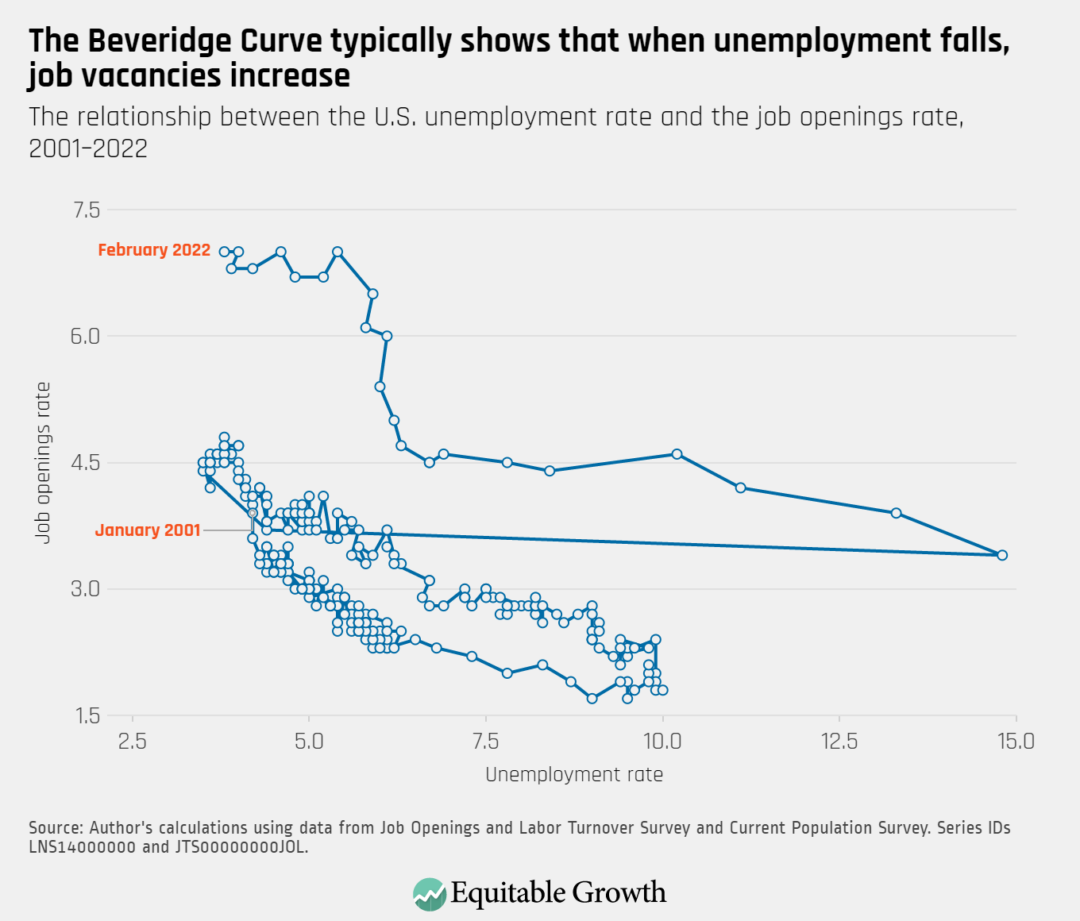
Even with some declines in the number of job openings in sectors such as financial services and manufacturing, job openings remain elevated in many major industries compared with pre-pandemic levels.
